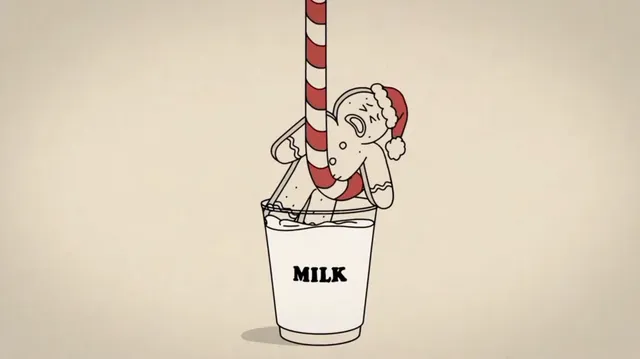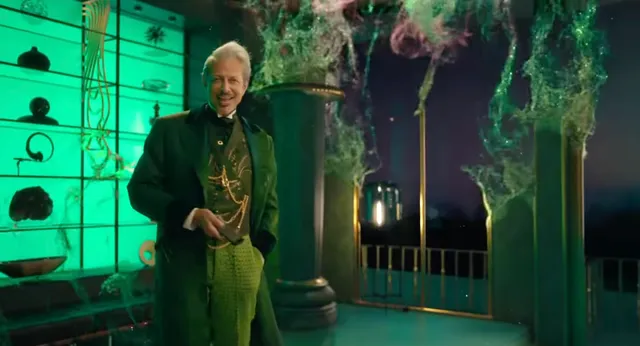The Billboard That Whispered
Not every message needs volume. Just timing, placement, and the right kind of silence. The quietest ads are often the ones still echoing in your head a week later.

This post is for subscribers only
Sign up now
Already a member? Sign in


